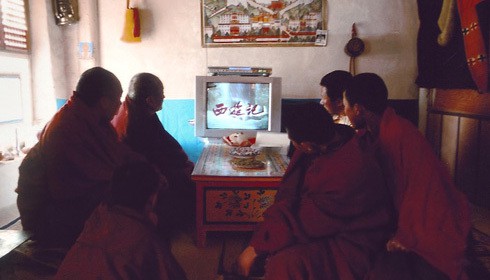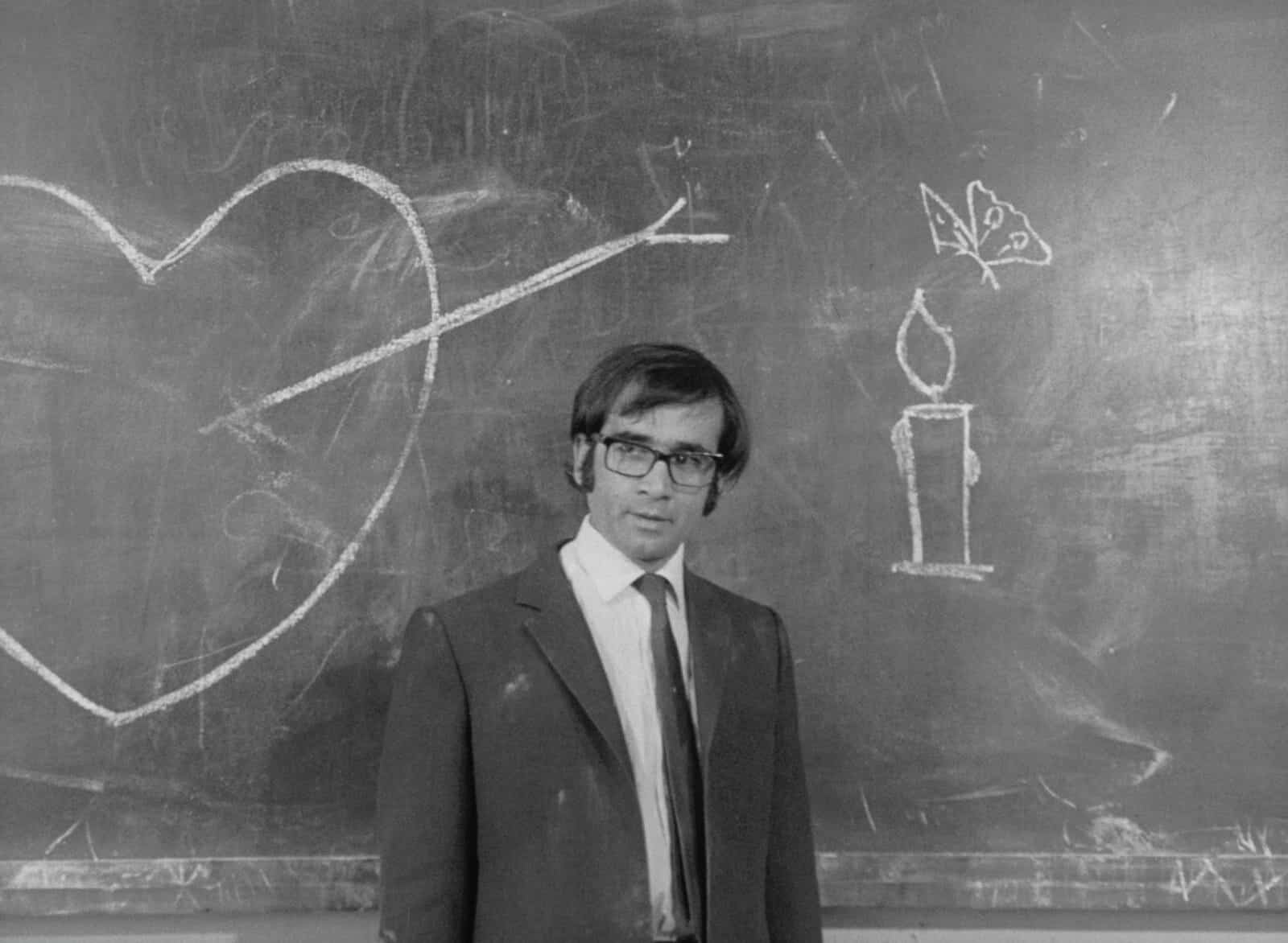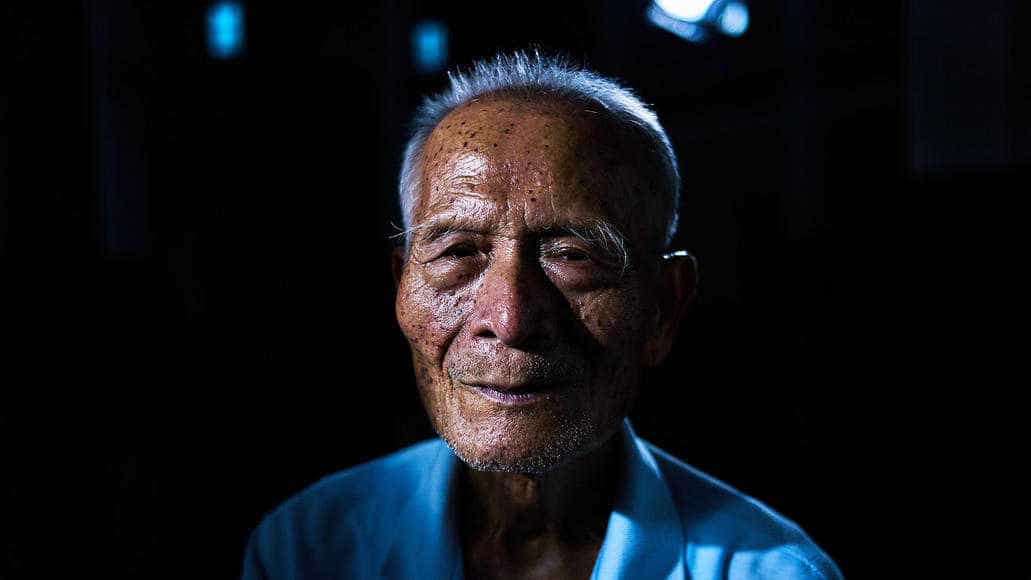Pema Tseden was the first Tibetan graduate of the Beijing Film Academy and his feature debut was a definite sample of the impressive productions that were about to follow, with “The Silent Holy Stones” netting him newcomer awards from Golden Rooster, Busan and Shanghai, among others.
“The Silent Holy Stones” is screening at
Festival des Cinémas d'Asie de Vesoul

The story takes place in the Guwa region, where our protagonist, “Little Lama”, is assigned to attend to the seven-year-old Living Buddha (tulku) of a mountain monastery. The two boys train and play together, but their real fun is watching TV, the only channel and the only VCD available to them. During Tibetan New Year's celebration, Little Lama returns to his home village, where his brother, who works in Lhasa, has also bought a TV, along with VCDs of the popular Chinese television series Journey to the West, and soon the boy becomes obsessed with it. At the same time, the villagers are rehearsing their annual staging of a traditional Tibetan opera for the New Year.
Shot entirely in Tibetan language with nonprofessional actors and on location in and around the Guwa monastery in Ando, “The Silent Holy Stones” offers an insider's look into the life of the area, in a style whose realism seems quite close to a documentary. An Li's cinematography, of both the areas people live in and the vast steppes, also moves in the same direction, additionally adding a number of images of mountainous beauty. The local element also extends to the music by Dege Cairang and Dukar Tserang, while Tseden has also included a number of scenes where his protagonists are singing. These elements allow the film to function as a tour guide of both the area and the customs and traditions of Tibetan people.

This, however, is only one of Tseden's goals with the film, since the narrative focuses on the clash between tradition and progress (technology if you prefer), the Chinese and the Tibetan culture, the asceticism of Buddhism and the pleasures of (western) entertainment. As we watch the young lamas trying to balance their training with the explorations of the world outside Tibet, which seems to be closer than ever through technology and particularly TV, Tseden makes a point of showing that, despite some wins here and there (the scene where Little Lama rejects an HK action movie and returns to watch the stage play), the appeals of the “new world” are bound to win. That eventually everyone succumbs to watching “Journey to the West” and the extremes Little Lama goes to manage to let everyone watch also point towards the same direction.
The scenes where another kid from the village studies in Beijing and learns Chinese instead of Tibetan and the overall differences in the education he and Little Lama receive are meant to show how the local elements (language, customs etc) are getting lost gradually, with the same applying to the character of the protagonist's big brother, who has moved to the city and has little to do with what his brother does. The fact that the grandpa whines about his grandson leaving is another element in the aforementioned clash, as is a very impressive frame where the flags leading to a kind of altar are juxtaposed with the power cable pylons in the background.
Through all these sociopolitical comments, Tseden has also managed to include much humor, with the way the grandfather acts and a number of scenes here and there (the one where the protagonist asks his brother for money while he is actually performing in the theater is hilarious) taking care of the entertainment aspect of the film. The drunken man's behaviour during and after the stage play are also funny, although Tseden also uses him to make some comments about the tactics of men regarding women in the area.

The fact that the cast is comprised of non-professional actors also adds to the realism of the movie, while in an almost ironic note, Luosang Danpai, who was an actual lama when he portrayed Little Lama in the film, later on his life left behind the monastery, got married and is now living a layperson's life. His acting in the film, however, is quite good, while Tseden literally had him run for his money, with a number of scenes, particularly near the ending, featuring him running all over the town, repeatedly. The rest of the cast's performance also moves in the same realistic paths, although the one playing the grandfather definitely steals the show with his constant eagerness to “spoil” his grandson.
“The Silent Holy Stones” is a simple film but at the same time, it is also well arranged, funny, sensitive, and touching. Its most important aspect however, is that it manages to de-romanticize a whole area and culture, which is very rarely depicted in such realism.















